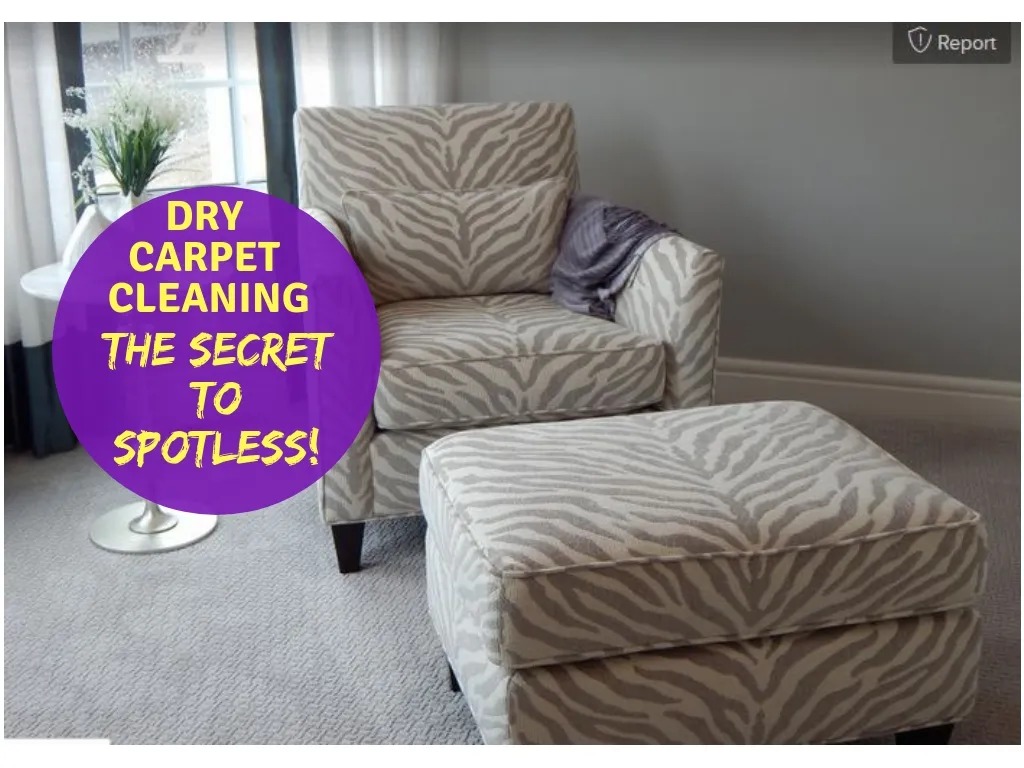Professional Low Moisture Upholstery Cleaning

Professional Upholstery Cleaning Service
Residential or Commercial Furniture Cleaning In Manchester
Why Upholstery Cleaning is Important
Fabric upholstery accumulates soils, oils, and grime that can degrade fibers and fabrics. To extend the life and appearance of upholstered furniture and soft furnishings, periodic professional deep cleaning is essential. Professional upholstery cleaning services offers a thorough clean to refresh worn and soiled fabrics.
Professional Upholstery Cleaning Systems and why Low Moisture Cleaning is Better
There are several upholstery cleaning methods available to choose from
- Wet extraction cleaning uses hot water and cleaning agents to flush soils from fabric.
- Dry cleaning employs safe solvents to dissolve oils and grime.
- Low-moisture cleaning relies on specialized solutions and very little moisture to clean fabrics.
This article will focus on the key benefits of low-moisture cleaning systems for professional upholstery cleaning. Unlike steam or wet extraction methods, low-moisture systems use minimal water. This allows fabrics to dry quickly after cleaning without risk of shrinkage, discolouration or damage to fabrics from overwetting.
Low-moisture upholstery cleaning is ideal for:
- All fabric types including delicate fabrics like silk, wool, and velvet
- Rapid Drying time where dry times are important, low moisture upholstery cleaning systems cut drying times significantly
- Convenience Low moisture pholstery cleaning is available in apartments and high rise office premises due to portability and efficiency
Keep reading to learn how low-moisture upholstery cleaning works, when it’s recommended, and why it offers advantages for all residential and commercial clients.
How Low-Moisture Upholstery Cleaning Works
Low-moisture cleaning uses specialized cleaning solutions and equipment designed to optimize cleaning results while limiting moisture. This allows fabrics to dry rapidly after cleaning.
The main equipment used includes:
- Brushing machines – Soft brush heads agitate the cleaning solution into the fabric
- Low-moisture sprayers – Cleaning solutions are carefully applied as a mist with controlled moisture.
- Air movers – Circulate air to accelerate dry times
Low-moisture upholstery cleaning processes include:
- Thorough vacuuming with a strong suction wand to remove loose debris
- Pretreating heavily soiled areas before main cleaning
- Spraying a low-moisture encapsulating cleaning solution evenly across fabric
- Agitating the solution into the fibers using counter-rotating brush heads
- Extracting dissolved soils along with any excess moisture using a vacuum wand
Encapsulating detergents are formulated to surround dirt, oils, and other soils so they can be removed without excessive moisture penetrating or wicking into the fabric. Clean fabrics are left fresh, clean, and dry within an hour.
Compared to wet extraction methods, low-moisture cleaning provides a deep clean without the risks of overwetting delicate fibers.
All Types of Fabrics Are Suitable for Low-Moisture Cleaning
Low-moisture upholstery cleaning is safe for every fabric type, but is especially beneficial for:
- Natural fibers like wool, cotton, silk, and linen
- Delicate fabrics prone to damage when wet like velvet or viscose
- Vintage or antique upholstery that may be fragile
Wet extraction methods can oversaturate natural fibre upholstery causing temporary shrinkage or water rings. The large amounts of water injected can also mobilize dye, potentially causing discoloration or dye-run and creating all sorts of difficulties.
Delicate upholstery fabrics are at risk of permanent wrinkling, warp, water marks, and loss of pile from excess moisture. Gentle low-moisture cleaning is a safe and convenient option.
For vintage or antique furnishings, the structural integrity may be weakened over time. Heavy saturation from steam cleaning could further degrade fragile fibres.
Low-moisture cleaning provides deep cleaning without overwetting upholstery. Encapsulating detergents dissolve soils without excessive moisture, making it an excellent fit for every fabric type even delicate, antique, and natural fibre fabrics.
The Advantages of Low-Moisture Upholstery Cleaning for Your Home or Office
There are many benefits to low-moisture upholstery cleaning systems
Rapid dry times
Low-moisture cleaning uses 90% less water than steam cleaning or traditional wet cleaning. Fabrics typically dry within an hour rather than many hours. This allows furniture whether in a residence or in a commercial setting to be back in use in a fraction of the time. There is hardly any down time.
Lower risk of damage
Minimal moisture removes the risks of shrinkage, discoloration, and warp. Delicate fibers stay intact.
Effective cleaning
Encapsulating detergents and other modern cleaning products used by professionals dissolve organic soils, oils, and most stains easily. Professional products are not available over the counter.
Improved portability
Compact low-moisture equipment allows cleaners to easily transport tools to apartments and high rise office premises for efficient service.
Eco-friendly process
Using far less water conserves resources and limits wastewater. Upholstery also avoids damaging moisture exposure for long periods.
For home owners, business owners, individuals, renters and landlords low-moisture systems offer faster service, and improved safety for all fabric furniture
What to Look for When Hiring an Upholstery Cleaner
To achieve the best results from low-moisture upholstery cleaning, it’s important to hire a qualified professional service. Here are tips for selecting a reputable cleaner:
Ask about their experience. How long have they been in business and do they use low-moisture methods.
Inquire about the types of cleaning solutions and equipment used. Quality low-moisture products that are baby and pet safe and eco friendly regulated products are ideal.
Avoid cleaners relying heavily on wet extraction methods. This risks overwetting delicate upholstery.
Read customer reviews all service companies normally display customer reviews read them carefully to see if other customers were satisfied with their work.
Understand any service guarantees Reputable cleaners will stand behind their work.
Ask questions. Quality cleaners will address any concerns thoroughly and patiently.
Hiring a top-notch low-moisture upholstery cleaner provides peace of mind your furnishings will be refreshed safely and effectively.
Deluxe Dry Upholstery Cleaners are specialist Low Moisture upholstery cleaners in Manchester
Deluxe Dry Upholstery Cleaners operate in the Manchester area and clean all types of fabric furniture for both home and offices.
Contact Us for a Free, no obligation estimate by email or call us on 0161 768 0208
Deluxe Dry Furniture Cleaning
Email Deluxe@DeluxeDryCarpet.co.uk
Call Us on 0161 768 0208
Caring for Upholstery Between Professional Cleanings
To maintain the beauty of upholstery, it’s smart to:
Spot clean stains quickly using a dab technique with a damp microfibre cloth. This prevents stains from setting.
Vacuum regularly using a soft brush upholstery attachment. This removes surface dust and grit to limit abrasion.
Apply fabric protectant sprays like Scotchgard to resist soil buildup between cleanings. Scotchgard should be applied every 6 months to sofa and armchair cushions and dining chair seats.
Wipe pet paws before they sit on furniture to reduce dander and oils transferred, use a throw for your pet to sit on furniture.
Address spills immediately by blotting gently from the edges inward to prevent rings.
Fluff and rotate cushions frequently to evenly distribute wear and soiling on sofas and armchairs.
Consider professional cleaning at least once per year to clean accumulated soil build up on your couches and dining chairs. More regular cleaning is recommended for families with small children and pet owners.
Performing regular light maintenance preserves your upholstery investment and keeps it looking fresh between professional cleanings.
FAQs About Low-Moisture Upholstery Cleaning
What types of stains can low-moisture cleaning remove?
Low-moisture cleaning removes most organic stains like food, beverages, dirt, pet accidents, and more along with oils, lotions, and general grime buildup. Older or set stains may require additional treatment.
How long until fabric is dry and usable after low-moisture cleaning?
Upholstery dries within an hour after low-moisture cleaning, very often much quicker than an hour. synthetic fabrics dry very quickly and much more quickly than cotton or natural fibre fabric. This provides fast turnaround and is much more convenient compared to the multi-hour dry times of steam cleaning.
Is low-moisture or steam cleaning better?
Low-moisture cleaning works well for all fabrics, especially fine furniture, expensive furniture , delicate upholstery or any type of fabric that might be prone to steam damage.
How often should upholstery be professionally cleaned?
Most experts recommend professional upholstery cleaning at least once per year to remove embedded dirt and restore appearance. Heavily used items may benefit from more regular cleaning, homes with small children and family pets should have furnishings and furniture cleaned more regularly.
Should upholstery be Scotchgard protected after cleaning?
Applying Scotchgard can help prolong freshness between cleanings. However, some very delicate fabrics like velvet may be sensitive to protectants. Test first.
How can I hire a low-moisture upholstery cleaner?
Search for “low-moisture upholstery cleaning near me” and look for cleaners specifically trained and certified in these methods. Compare reviews.
Conclusion
For every type of furniture, low-moisture cleaning systems provide deep, safe cleaning along with quick dry times. This makes the method ideal for on-location cleaning of any type of furniture especially delicate and natural fiber upholstery. With benefits like fabric-safe cleaning, improved portability, and efficiency, low-moisture upholstery cleaning offers advantages for all residential and commercial clients.

